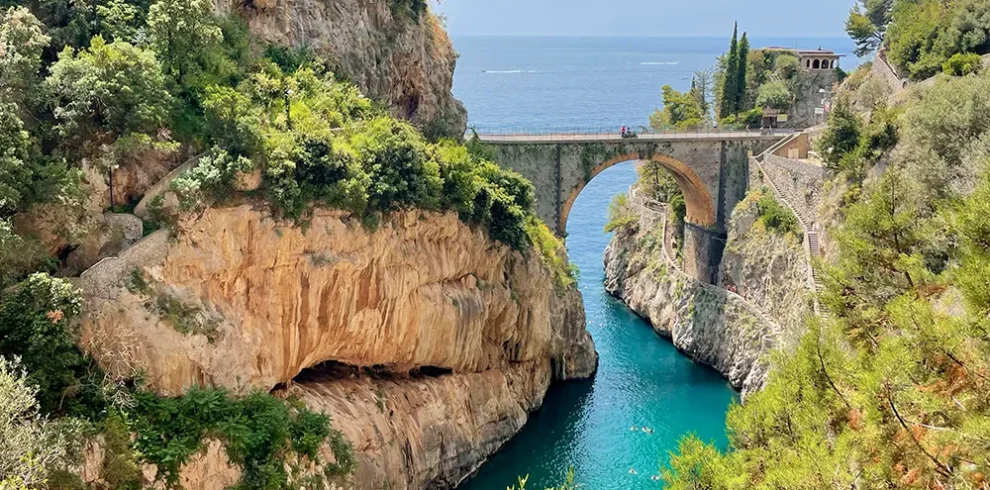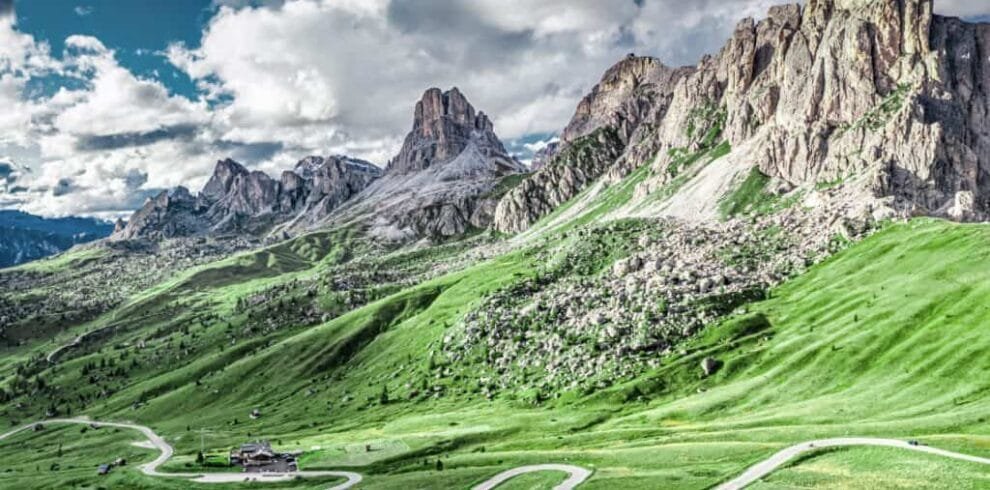Off-road refers to riding on unpaved surfaces away from regular, open roads.
Examples include dirt roads (a compact base of gravel or hard-packed earth), sand (soft and unstable), or mud (often after heavy rains), as well as more challenging terrain like rocks, stony mule tracks, trails through woods or forests, meadows and fields, and even shallow fords and waterways. All of these fall under the broad “off-road” category.
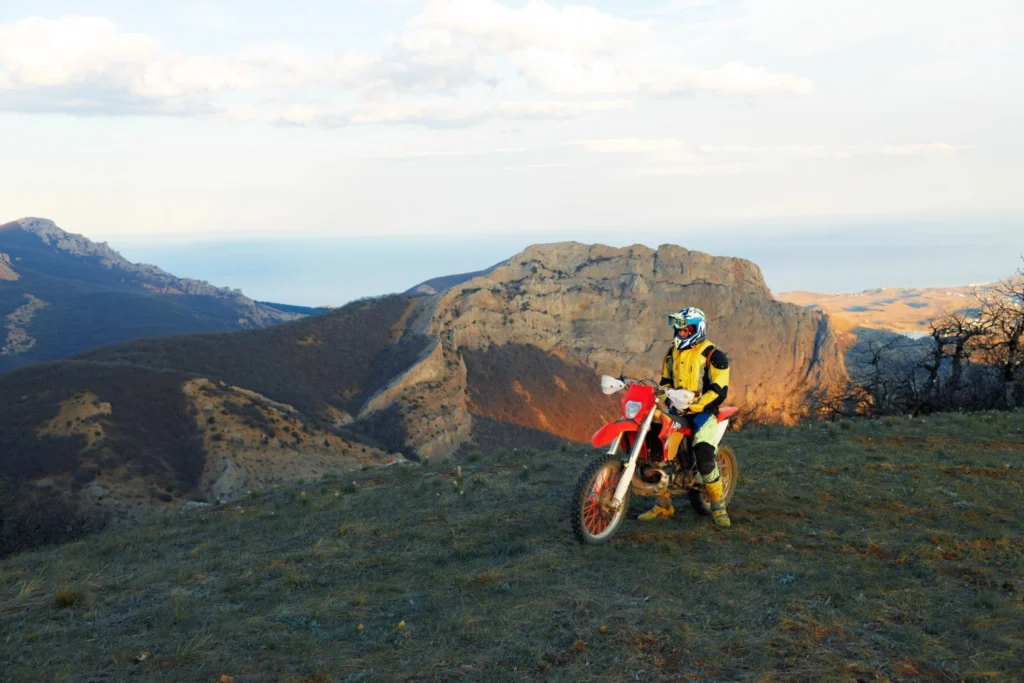
Road Riders, Adventure Bikes & Enduro
I don’t know the exact percentages, but I’d say most motorcyclists live their passion on asphalt, regular surfaces where traction is generally good and consistent, riding is smooth, and the bike’s reactions are predictable.
More and more riders, however, are showing interest in going beyond paved roads to include stretches of dirt and mixed surfaces. This is thanks in part to the rise of “adventure” bikes, machines primarily built for pavement but capable of light off-road, like the various BMW GS models and their competitors, often with 19- or even 21-inch front wheels that work on the road and can be managed off-road.
This is without even counting the discipline known as “enduro,” which is pure off-road on technical routes using specialized, very light, highly maneuverable bikes not designed for street comfort (little to no cargo capacity and knobby tires unsuited to asphalt).
Why Every Motorcyclist Should Try It
Regardless of the roads and routes you prefer, I believe every motorcyclist, even a dedicated road rider, should have at least one off-road riding experience. Beyond the fact that, once you learn the basics, off-road can be incredibly satisfying, it also has strong educational value for pure road riders.
In this article, however, I don’t want to dwell on the “beauty” of off-road; I want to focus on its usefulness for typical road motorcyclists. Plenty of MotoGP champions (including Valentino Rossi) have trained on dirt circuits and off-road sections, believing, correctly, that it improves riding sensitivity and bike control in low-grip conditions.
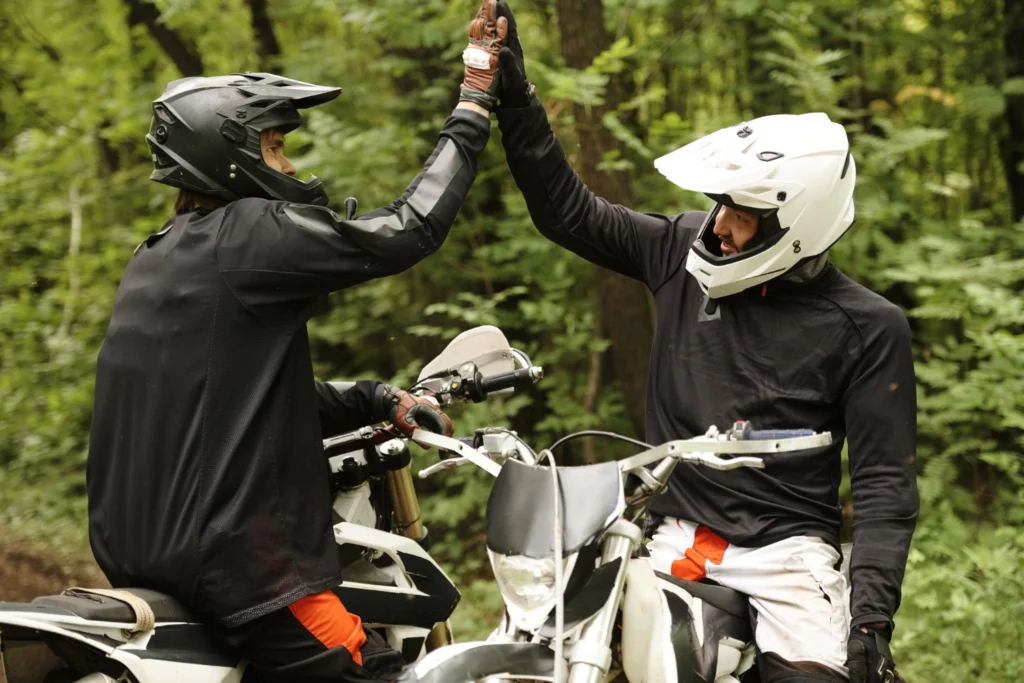
The Real-World Skills You Gain
Based on my own experience and that of many friends and fellow riders, I can say with confidence that even minimal off-road practice sharpens your feel and control, especially in emergencies or risky situations.
On the road we’re used to strong, consistent grip and traction; off-road, you have less grip and the bike must adapt to the terrain rather than “tracking” it. It’s common to feel the rear step out and the bike drift. The front can also wash or tuck, especially if you squeeze the front brake too hard on a steep, uneven descent.
These events are rare on pavement, but they do happen, and often trigger emergencies, like hitting an oil slick, dropping into a deep dip or pothole, and so on. I’ve also encountered gravel swept to the outside of a curve, or even wet leaves. A pedestrian suddenly stepping into the road can force an emergency maneuver. Even when it’s not truly dangerous, riding on a wet surface, during or after heavy rain, reduces grip, especially on poorly draining asphalt, and can introduce hydroplaning.
More simply, many riders eventually face a final approach on dirt or sand to reach a destination, a beach, a farmhouse, or an agriturismo. Knowing how to handle the bike in these situations can prevent painful tip-overs, and an off-road lesson becomes very useful.
Learn the Basics the Right Way
All of this assumes you learn the off-road fundamentals, ideally through a course or at least a few one-on-one lessons, plus some practice outings. For this reason, at Italy Moto Tours, beyond tours for riders who already do enduro or are experienced off-road, we make it possible for anyone, even those who’ve never left the asphalt, to get valid off-road experience.
All our guides are also (and sometimes primarily) off-road and enduro instructors, several with deep experience introducing riders to dirt for the first time. A good instructor matters: a wrong first approach can intimidate a rider and make them “flee” off-road; teach the right basics and it becomes simple and genuinely fun.
For a first approach (and for some, this may be enough), a couple of course days typically do it: we teach and drill the fundamentals and do exercises, plus a couple of very pleasant, exciting excursions.
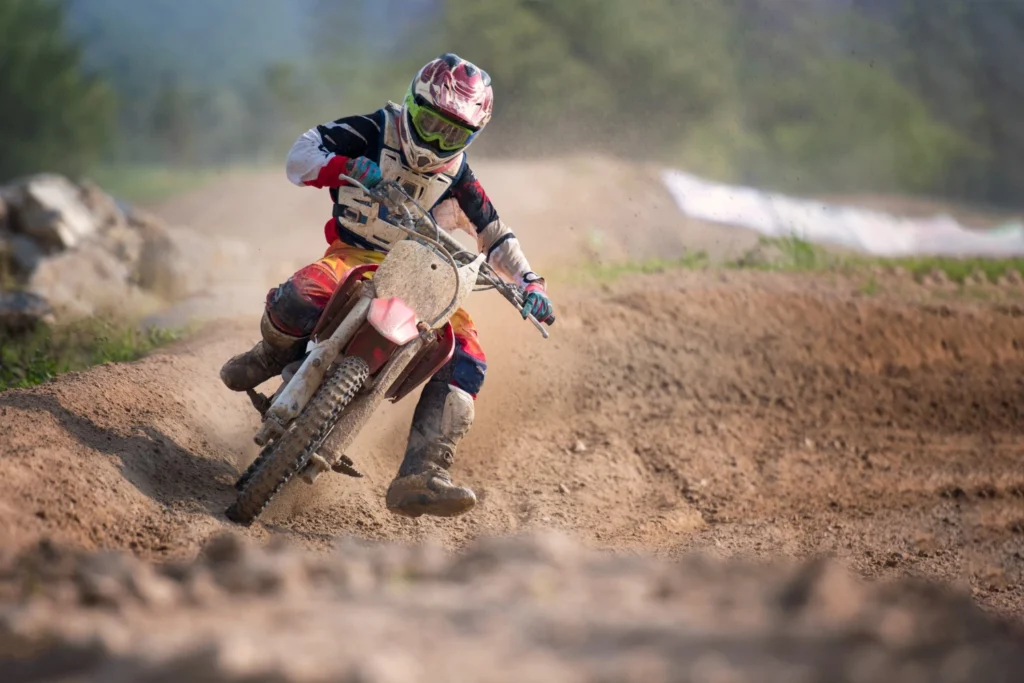
What You’ll Practice, Where We Ride & How to Join
Among other things, we cover correct off-road posture, body position seated and standing for climbs and descents, and proper footpeg use. We show the differences from road riding, including brake and clutch use (there are a few technical aspects that are more involved than on the street). Core drills include cone slaloms, starting and stopping on low-grip uphills and downhills, controlled braking, using the body to make sharp turns on soft ground and to overcome obstacles (such as small logs, rocks or ruts).
After technique and drills, we head off-road routes in nature, where you can play with the bike while enjoying Italy’s beautiful landscapes. We therefore suggest that riders joining one of our organized road tours, if they can, add a couple of days to focus on off-road. You’ll be impressed by the experience and the quality of the course.
Of course, courses and lessons are also open to those not joining our road tours, and you can book them any time of year. We provide suitable bikes and all required apparel and protection, and we match you with the best instructors. You only need to book in advance!


